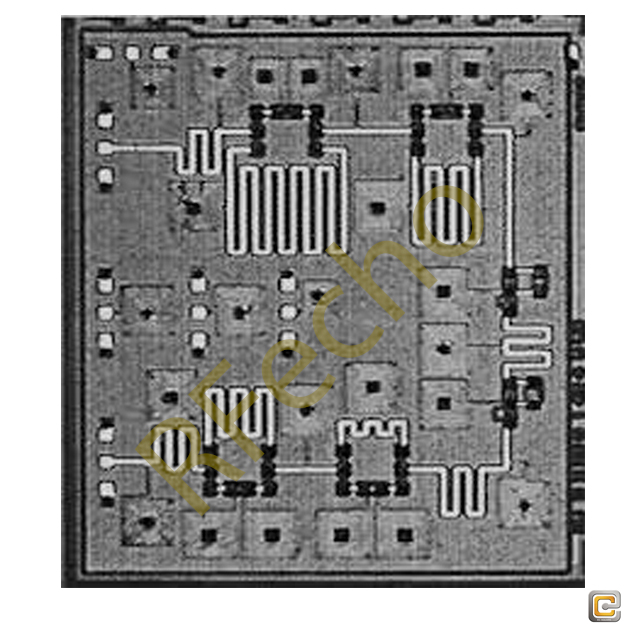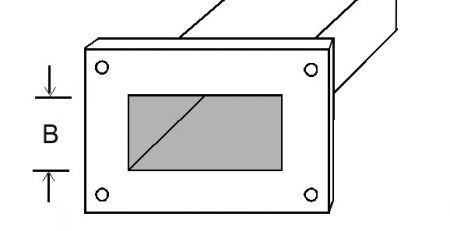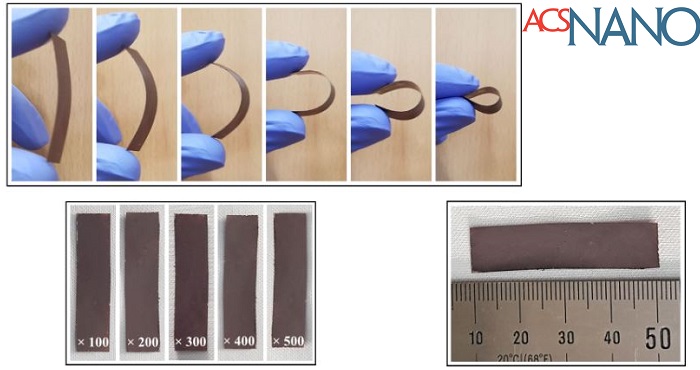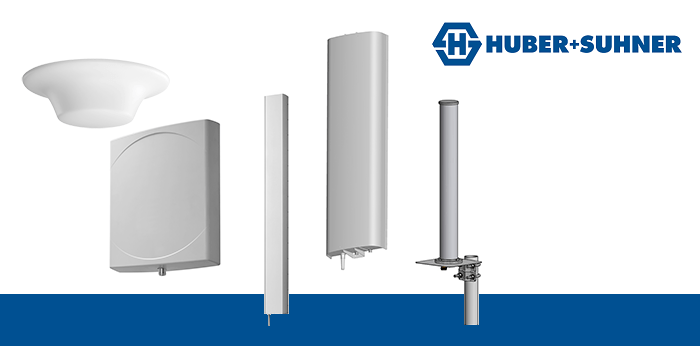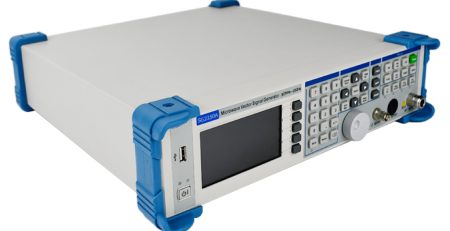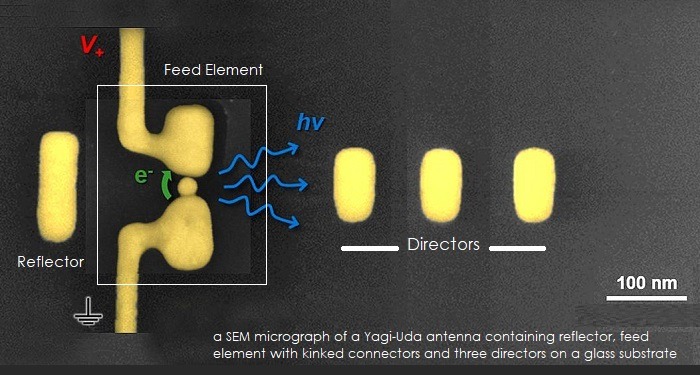How a Phase Shifter Enhances Signal Processing Efficiency

Understanding the Basics of Phase Shifters
Definition and Functionality of a Phase Shifter
A phase Shifter is an electronic device designed to alter the phase angle of an electromagnetic wave without affecting its amplitude. It is capable of modifying the timing of the signal, ensuring it aligns accurately with other signals or system requirements. This is particularly important in systems where synchronization is critical, such as in telecommunications and radar applications.
Historical Development and Evolution
The development of phase shifters can be traced back to the early days of radio frequency engineering. Initially, mechanical devices were primarily used for phase shifting. Over the years, advancements in semiconductor technology led to the creation of electronic phase shifters, bringing about increased accuracy, versatility, and integration capabilities. Today’s phase shifters are integral components in sophisticated RF and microwave systems.
Common Types of Phase Shifters
Analog Phase Shifters
Analog phase shifters use continuous variable elements such as varactors or ferrite materials to achieve the desired phase shift. They offer smooth and continuous control over the phase angle but may require complex calibration.
Digital Phase Shifters
Digital phase shifters employ discrete components and digital control methods to generate phase shifts in specific increments. These devices are renowned for their robustness and precision, making them ideal for applications that demand consistent and stable phase adjustments.
RF Phase Shifters
RF phase shifters are specifically designed for radio frequency applications. They are highly effective in controlling signal phases within RF circuits, which are essential in systems like radar and satellite communications where signal integrity and timing are paramount.
The Role of Phase Shifters in Signal Processing
Importance of Signal Timing and Synchronization
In signal processing, timing and synchronization of signals are critical for maintaining system performance and reliability. Phase shifters ensure that signals arrive at the appropriate times, which is essential in applications such as phased array antennas where beamforming relies on precise phase control.
Impact on Signal Quality and Integrity
A phase Shifter significantly impacts the quality and integrity of the signal. By providing accurate phase adjustments, it minimizes signal distortion and interference, leading to clearer and more reliable communications. This is crucial in high-frequency applications where even minor phase discrepancies can cause substantial degradation in signal performance.
Applications Across Various Industries
Phase shifters find applications in numerous industries. Within telecommunications, they play a crucial role in enhancing signal transmission across different channels. In radar systems, they facilitate the direction and focusing of radar beams. Moreover, phase shifters are essential in satellite communications, guaranteeing that signals are correctly timed and aligned for effective data transfer.
Technical Mechanisms of Phase Shifters
Core Components and Their Functions
Phase shifters are built using a range of components that work together to achieve the desired phase modification. Core components include waveguides, which direct the electromagnetic waves, capacitors, which store and release electrical energy to alter the phase, and inductors, which provide the necessary inductance to adjust the signal timing.
Waveguides, Capacitors, and Inductors
Waveguides are critical in guiding the signal through the phase shifter without losing quality. Capacitors in phase shifters help in storing and adjusting the phase by varying the capacitance, and inductors contribute by providing inductive reactance that shifts the signal phase.
Operational Principles
Injection Locking Mechanism
The injection locking mechanism is a technique used in phase shifters to lock the phase of an oscillator to an external signal. This ensures that the output phase remains consistent with the reference signal, providing stability and precision in phase control.
Reflex Klystron Effect
The reflex klystron effect pertains to the mechanism in which electrons are accelerated and decelerated to manipulate the phase of a microwave signal. This phenomenon is utilized in certain sophisticated phase shifters to accomplish high-frequency phase modulation, which is especially useful in radar and cutting-edge communication systems.
RFecho
RFecho‘s phase Shifter is a vital component in RF and microwave systems that allows for precise control and manipulation of the phase of a signal. This high-performance device is designed to adjust the phase of an input signal without affecting its amplitude.
RFecho’s phase shifters are known for their exceptional accuracy, reliability, and versatility. They are capable of providing precise phase shifts over a wide range of frequencies, making them suitable for various applications in telecommunications, radar systems, satellite communications, and more.
The company’s phase shifters are designed to meet the demands of high-power, high-integration, and high-difficulty applications. They offer excellent performance in terms of low insertion loss, high power handling capabilities, and fast switching speeds.
RFecho has a proven history of working closely with both well-known domestic and global partners, such as universities, research institutions, and tech companies. This teamwork has enabled them to utilize their innovative strengths and guarantee that their phase shifters adhere to the highest quality and performance standards.
Enhancements Brought by Using a Phase Shifter
Improved Efficiency in Communication Systems
The implementation of a phase Shifter in communication systems considerably enhances their efficiency. By adjusting the phase of signals, phase shifters ensure that the transmitted and received signals are synchronized, reducing the likelihood of data errors. This synchronization is pivotal in maintaining the integrity of the transmitted information, especially in systems dealing with high data rates. Moreover, phase shifters facilitate beamforming in multiple-input and multiple-output (MIMO) systems, optimizing the direction of signal transmission and reception to improve overall system performance.
Noise Reduction and Interference Mitigation
Phase shifters play a significant role in noise reduction and interference mitigation. By precisely controlling the phase of the signals, these devices can minimize the phase noise, which is vital in maintaining the clarity and quality of the signal. Phase shifters also help in mitigating interference by enabling the adjustment of signal phases to avoid overlapping with other signals, thereby reducing the chances of crosstalk and signal degradation. This is particularly beneficial in dense electromagnetic environments, where multiple devices operate simultaneously.
Superior Frequency Stability and Control
The use of phase Shifter enhances frequency stability and control, which is crucial in high-frequency applications. By providing precise phase adjustments, phase shifters can stabilize the frequency of oscillators, ensuring consistent signal performance. This capability is essential in applications such as radar and satellite communications, where precise frequency control is critical for accurate signal transmission and reception. Additionally, phase shifters allow for dynamic frequency tuning, adapting to varying operational conditions and further enhancing the stability of the communication link.
Future Trends in Phase Shifting Technology
Innovations in Material Science for Enhanced Performance
Innovations in material science are enhancing phase shifter technology. Researchers are exploring advanced materials, such as metamaterials and cutting-edge semiconductors, to develop phase shifters with improved performance attributes, including reduced insertion loss and enhanced power handling capabilities. These new materials facilitate more efficient phase shifting, leading to devices that are both more reliable and higher performing. As ongoing research continues, we can anticipate further advancements that will extend the limits of phase shifter capabilities.
Integration with Advanced Digital Signal Processing (DSP)
The integration of phase shifters with advanced digital signal processing (DSP) techniques represents a promising future trend. DSP allows for the sophisticated manipulation of signals, and when combined with phase shifters, these capabilities are significantly enhanced. This integration enables more precise control over signal phases, improving the efficiency and effectiveness of applications such as beamforming and adaptive filtering. The combination of DSP and phase shifters opens new possibilities for achieving higher levels of performance in communication and radar systems.
Potential for Miniaturization in IoT Devices
As the Internet of Things (IoT) continues to expand, there is a growing need for compact and efficient phase Shifter technologies. The miniaturization of phase shifters is an emerging trend, driven by advances in microfabrication and nanotechnology. Smaller phase shifters can be integrated more easily into IoT devices, allowing for robust phase control in compact systems. This trend is crucial for the development of next-generation IoT applications, where space and power efficiency are highly prioritized.
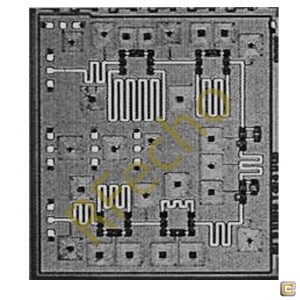
Real-World Applications of Phase Shifters
Implementation in Wireless Communication Systems
Phase shifters are widely used in wireless communication systems to enhance the performance of signal transmission. In cellular networks, phase Shifter helps in optimizing the signal strength and coverage through beamforming and smart antenna technologies. This ensures that signals are transmitted more efficiently, resulting in improved data rates and connectivity. Furthermore, in wireless local area networks (WLANs) and Bluetooth devices, phase shifters enable better synchronization and interference management, contributing to a more reliable and robust communication experience.
Use in Medical Imaging Technologies
In the realm of medical imaging, phase shifters serve as essential components. They are utilized in systems such as magnetic resonance imaging (MRI) and ultrasound to manage the phase of both transmitted and received signals. By meticulously adjusting the phase, phase shifters improve the resolution and clarity of medical images, which is crucial for accurate diagnosis and treatment planning. The application of phase shifters in medical imaging guarantees that patients receive top-notch diagnostic services, thereby enhancing healthcare outcomes.
Integration within Radar Systems
Phase shifters are integral to the operation of radar systems, both in military and civilian applications.
Military Radar Application
In military radar systems, phase Shifter enables the precise control of the radar beam’s direction and shape. This is crucial for tasks such as target tracking, missile guidance, and surveillance, where accurate and reliable radar performance is essential. By adjusting the phase of the radar signals, these systems can quickly and accurately detect and track moving targets, enhancing the overall effectiveness of military operations.
Civilian Air Traffic Control
Phase shifters also play a vital role in civilian air traffic control systems. They are used to improve the accuracy and reliability of radar systems that monitor and manage the movement of aircraft. By providing precise phase control, phase Shifter ensures that air traffic controllers receive clear and accurate radar data, which is critical for maintaining safe and efficient airspace. This contribution to air traffic control highlights the importance of phase shifters in the aviation industry, ensuring the safety and security of air travel.
In conclusion, phase shifters offer several improvements to signal processing, such as enhanced efficiency, reduced noise, and better frequency stability. The future of phase shifting technology looks promising with advancements in material science, digital signal processing (DSP) integration, and miniaturization, which are expected to deliver even higher performance and more application possibilities. Phase shifters are used in a wide range of real-world applications across various industries, underscoring their versatility and essential role in modern technology.

